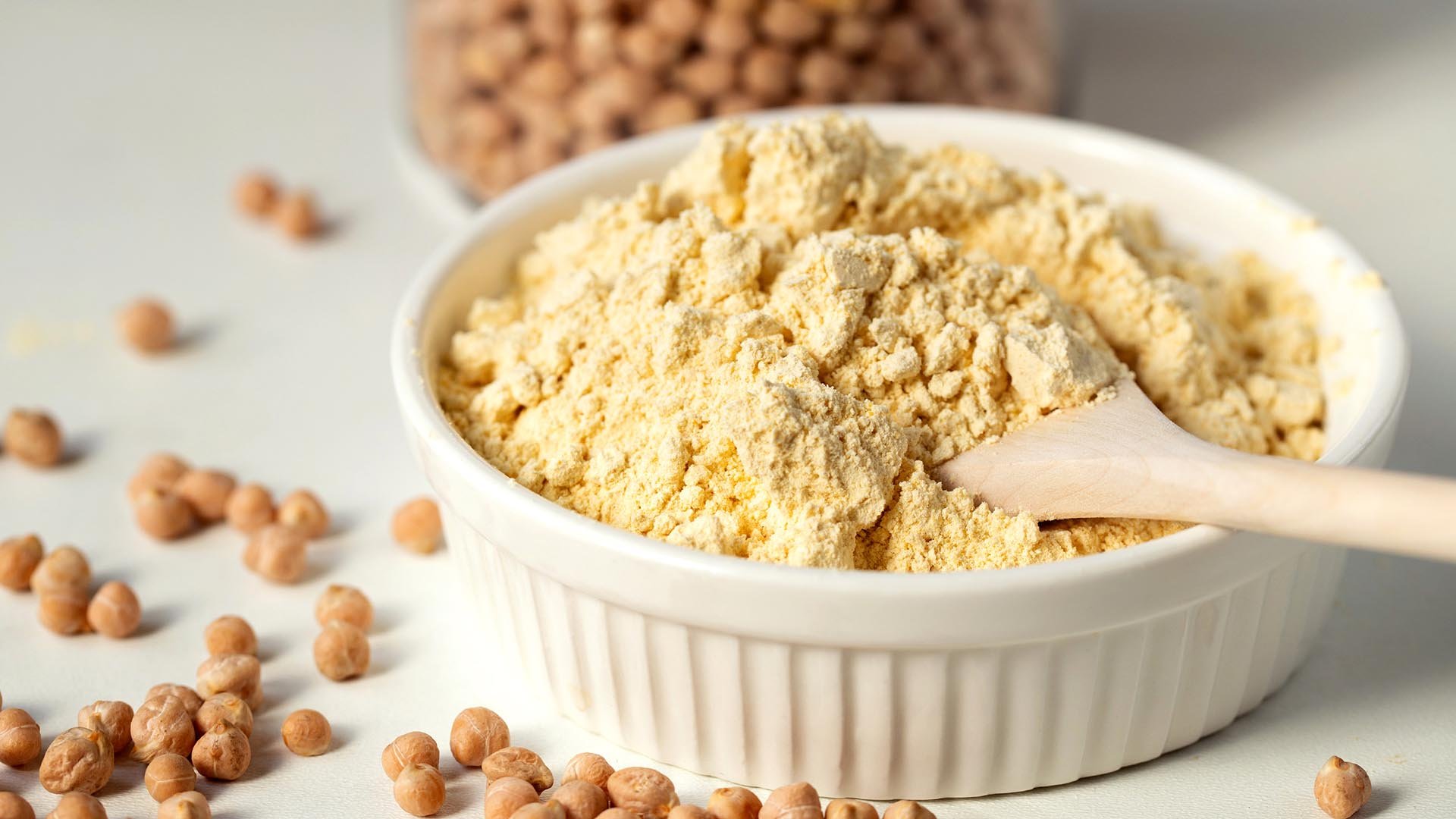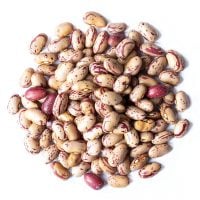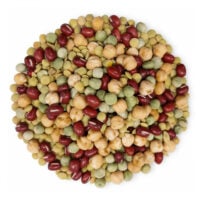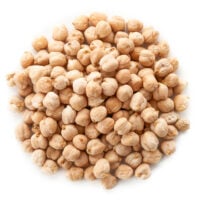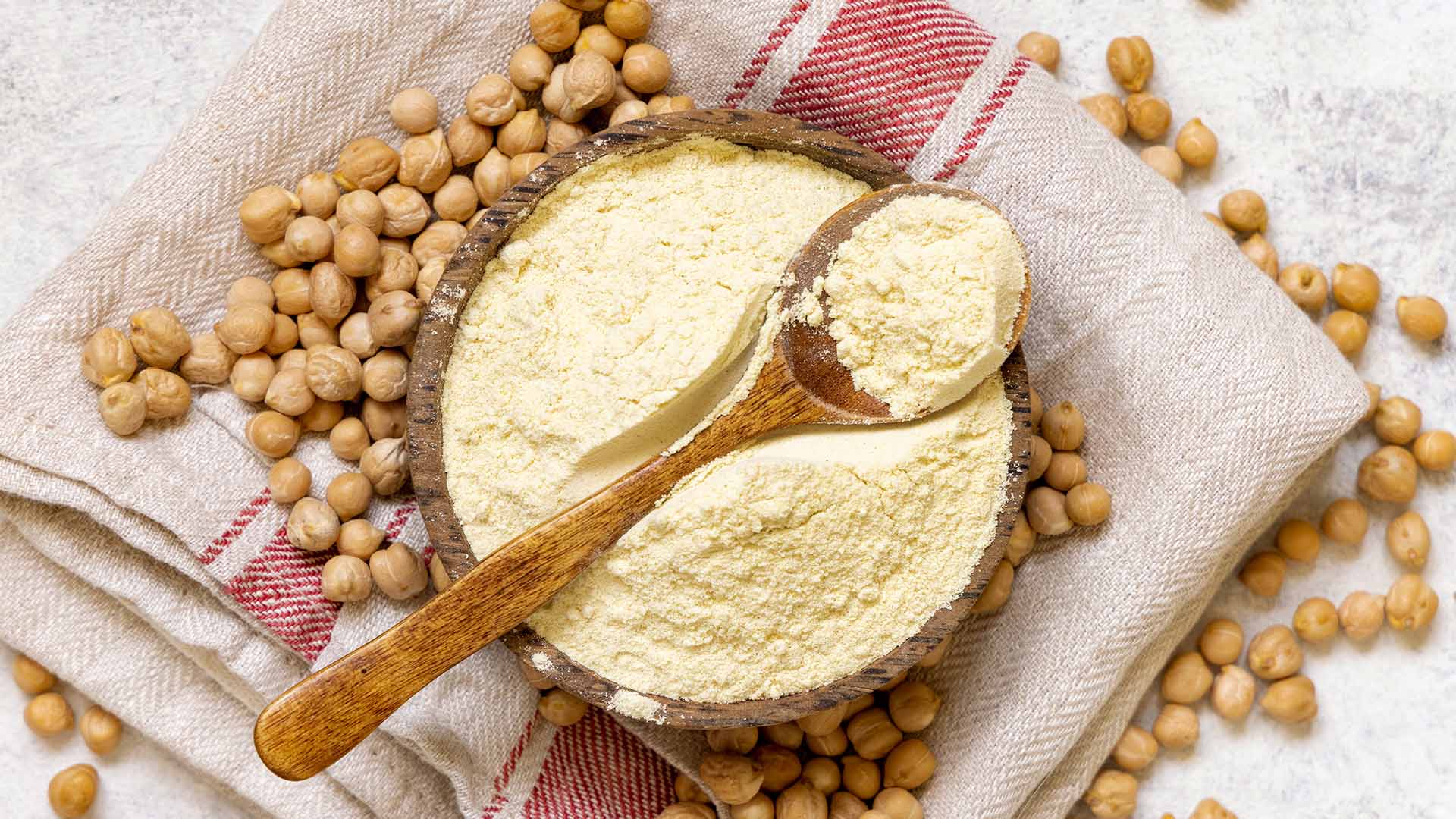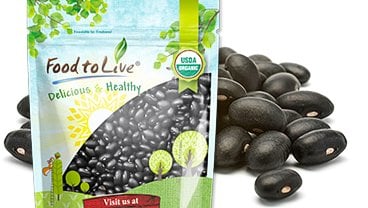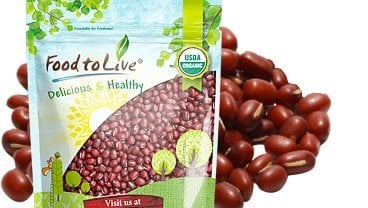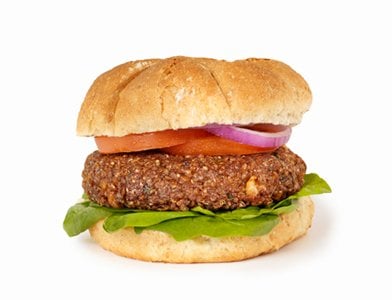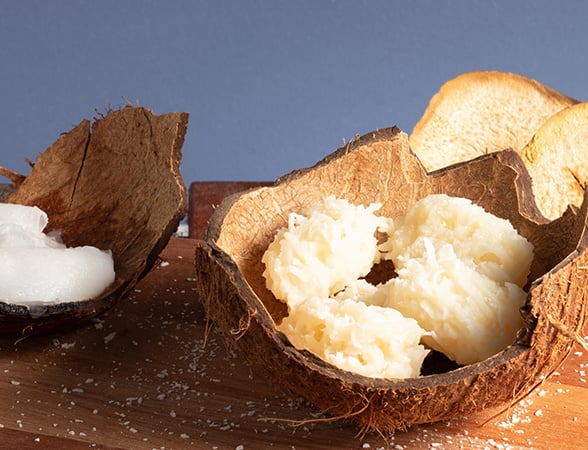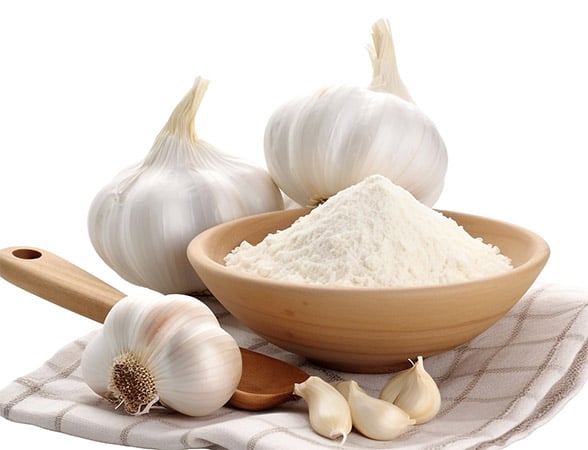April 13, 2017 · Written by Foodtolive Team
How and Why Make Homemade Bean Flour
Legumes are rich in fiber and nutrients, as well as low in fats. In fact, the majority of health organizations advise eating at least a serving of legumes a day in order to reduce the risks of heart disease, diabetes, and other health problems. However, despite the growing popularity of legumes, only a few people appreciate the benefits of homemade bean flour. If you aim to eat healthy, you definitely should become one of those few.
Homemade Bean Flour: Benefits
Most people who use bean flours today are gluten-sensitive and require alternatives to regular grain products. However, everyone can (and should) enjoy this simple product, because this food offers numerous benefits:
- Better weight management
Fiber in bean flour helps improve digestion and normalize metabolism. Foods made with it are very filling and packed with carbs that take a long time to digest, so you won’t feel hungry for a while. - Heart health promotion
Fiber-rich foods help manage the level of cholesterol. Lowering LDL cholesterol reduces the risks of coronary heart disease. - Maintaining pH balance
Bean flour is naturally alkaline, so eating it helps lower the acidity brought on by many other foods.
Sponsored by Food to live
3 Delicious Ways to Use Homemade Bean Flour
Despite the fact that it’s called ‘flour’, this particular product isn’t often used in baking. The best applications for it in your kitchen include:
- Sauce, stew, and soup thickener
Adding legume flour to these dishes will improve both their taste and nutritional value. White kidney beans flour is the best for sauces because its natural taste is mild and it mixes well with spices. Chickpea flour is great for soups. - Dips
Black bean flour, in particular, is a fantastic base for vegan dips as it has a distinct, pleasant flavor that mixes well with veggies. However, you can use any kind of legume for this purpose. Green peas flour is often included in guacamole in order to reduce the level of fats in the recipe and enhance its flavor. - Baking
Bean flours are often included in gluten-free mixes due to their high nutritional value. However, baking with only this kind of flour can be disappointing as the dough might turn out very hard. Soybeans and chickpeas are the best ingredients for 100% legume breads.
Don’t forget that beans are the prime source of protein for vegans, so you can treat this flour as a substitute for protein powder and add it to smoothies.
How to Make Homemade Bean Flour
Making bean flour is a great way to utilize dry beans that have been gathering dust in your pantry for a while. The process is very simple and requires only a grinder or a good blender.
Soak the beans for a few minutes before spreading them on a baking sheet and drying in the oven at about 175F. Make sure the beans are completely dry and cool before processing them in the grinder.
The flour will heat up because of the friction, so you’ll need to set it to cool as well before sealing it in an airtight container and storing in the fridge. As bean flour has very little fat, you can keep it in the pantry as well.

